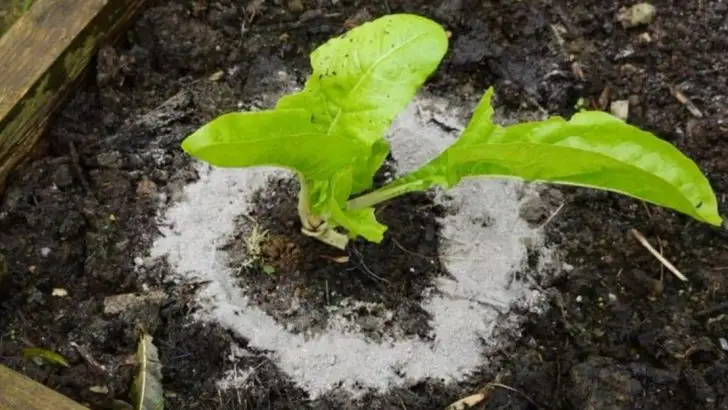Your garden is not a trash can for your morning coffee and fireplace leftovers. Yes, we’ve all heard it—coffee grounds perk up your plants, and wood ash is a miracle from the hearth. Sprinkle it on, and voilà: garden gold. But here’s the thing—this DIY magic can go sideways fast. One handful too many, and suddenly your tomatoes are sulking, your hydrangeas look confused, and the worms? Gone. Coffee grounds and wood ash can work wonders—but only if you know when to use them, when to stop, and when to run in the opposite direction. Before you toss yesterday’s espresso into the soil or scatter ash like fairy dust, let’s break down what really happens. The good, the bad, and the “why is my basil turning yellow?” kind of ugly. Get ready—your compost bin’s about to get a reality check.
Enhancing Soil Fertility with Coffee Grounds
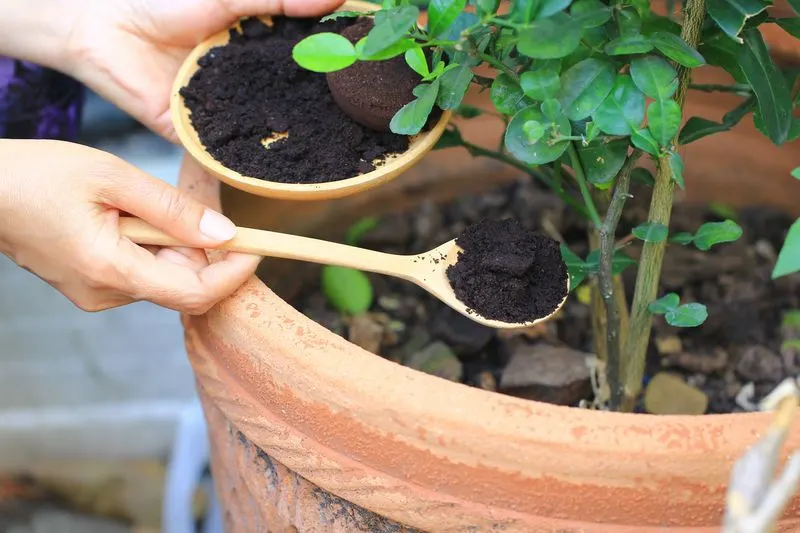
Imagine a garden where plants thrive vigorously. Coffee grounds contribute to this by enriching soil fertility. Their nitrogen content supports robust plant growth.
However, using too many coffee grounds can lead to compacted soil. Moderation is essential to maintain a healthy balance and promote aeration.
They also attract earthworms, which is beneficial for soil aeration and nutrient cycling. The organic matter from coffee grounds improves soil structure, making it more friable and fertile over time, thus enabling plants to flourish.
Wood Ash as a Natural Pest Repellent
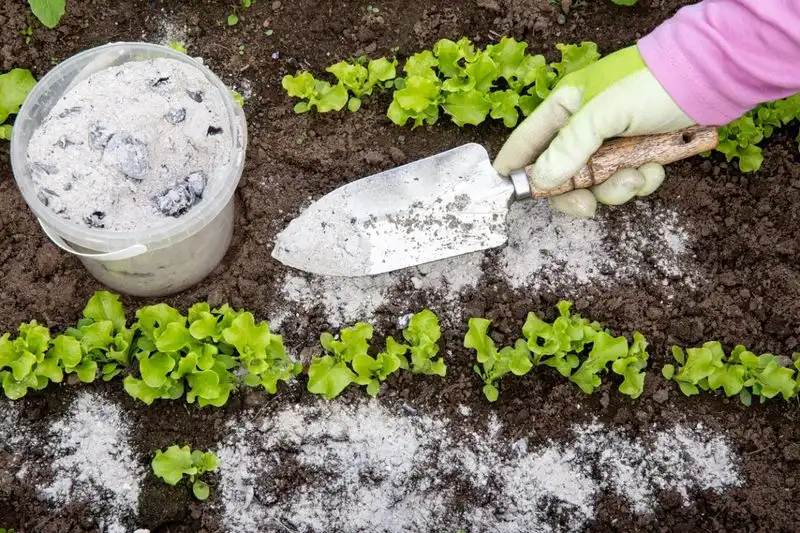
A sprinkle of wood ash can keep pests at bay in the garden. The alkaline nature of ash deters certain insects and slugs.
Beware, excessive use can alter soil pH, making it too alkaline for some plants. Balance is key to reaping the benefits without harming plant health.
Wood ash can also help deter root rot and fungal diseases by creating a less hospitable environment for pathogens. This natural approach to pest control is both eco-friendly and effective, offering a sustainable solution for gardeners.
Improving Drainage with Coffee Grounds
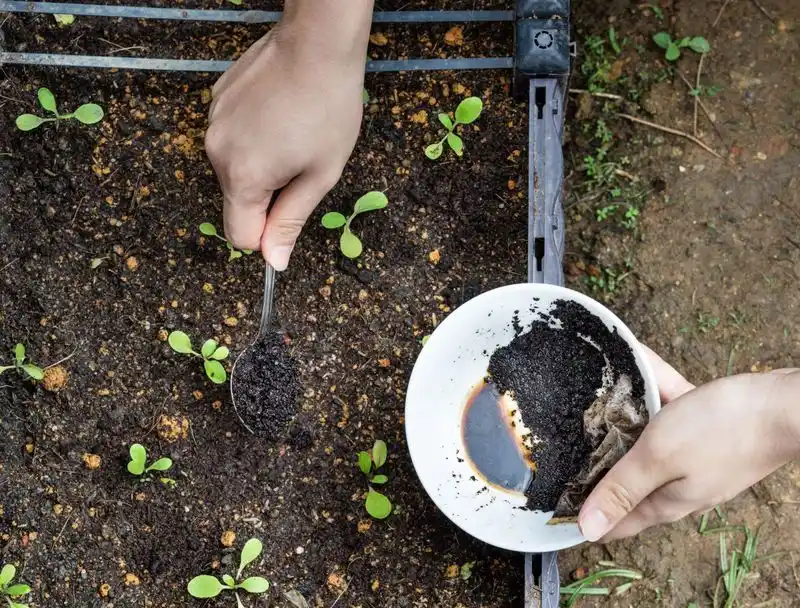
Coffee grounds can enhance soil drainage, especially in clay soils. Their granular texture breaks up compact soil, allowing water to penetrate more easily.
Too much coffee can lead to water retention instead, so it’s vital to use sparingly. Finding the right amount ensures optimal soil conditions.
By improving drainage, coffee grounds help prevent waterlogging, reducing the risk of root diseases. This makes them a valuable addition to gardens struggling with poor drainage, promoting healthier plant growth and vigor.
Altering Soil pH with Wood Ash
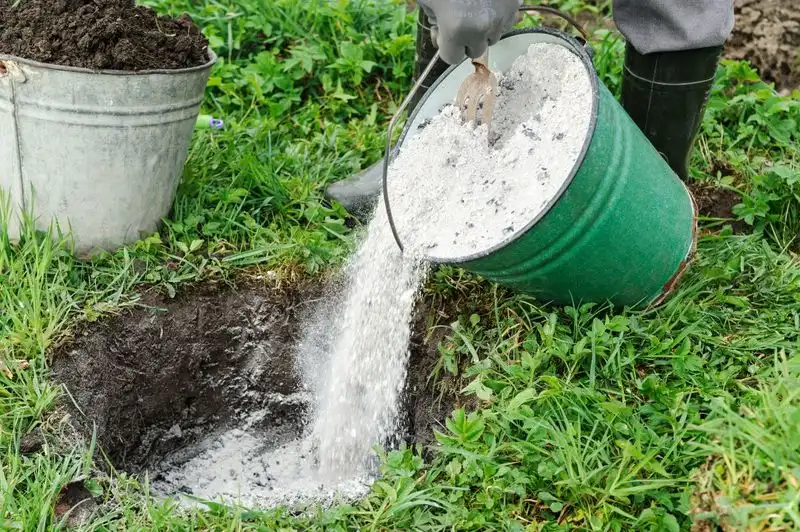
Wood ash can naturally raise the pH of acidic soils, making it more neutral and suitable for a wider range of plants.
Caution is necessary; too much can overly alkalize the soil, harming acid-loving plants like blueberries. Monitoring pH levels is crucial.
When applied correctly, wood ash can improve nutrient availability and soil structure. It offers a cost-effective method for adjusting soil pH, providing a tailored growing environment that caters to specific plant needs, enhancing overall garden productivity.
Boosting Compost with Coffee Grounds
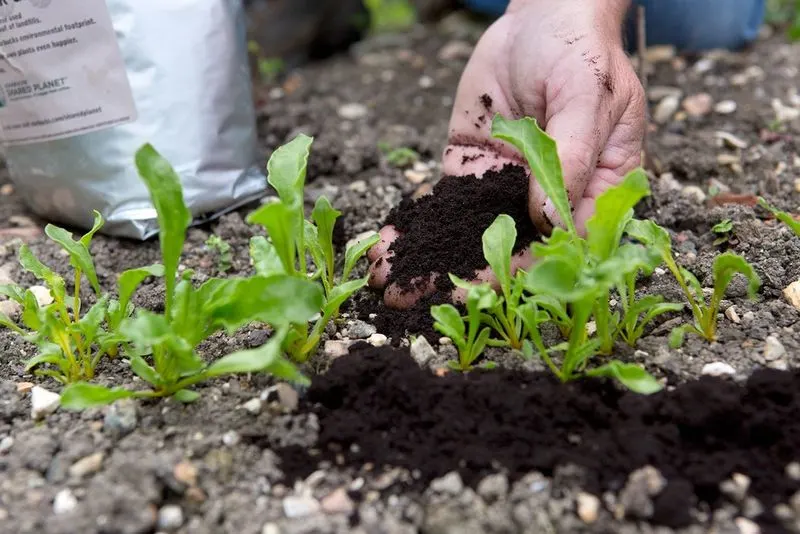
Coffee grounds can supercharge compost piles, accelerating decomposition. Their nitrogen-rich content complements carbon materials, creating balanced compost.
However, too many grounds can cause a soggy mess. Balance with dry materials like leaves for optimal results.
Adding coffee grounds to compost also helps in curbing odor, enhancing microbial activity. The resulting compost is rich and dark, perfect for enriching garden soil and supporting plant health, making it a favored choice for eco-conscious gardeners.
Wood Ash for Lawn Health
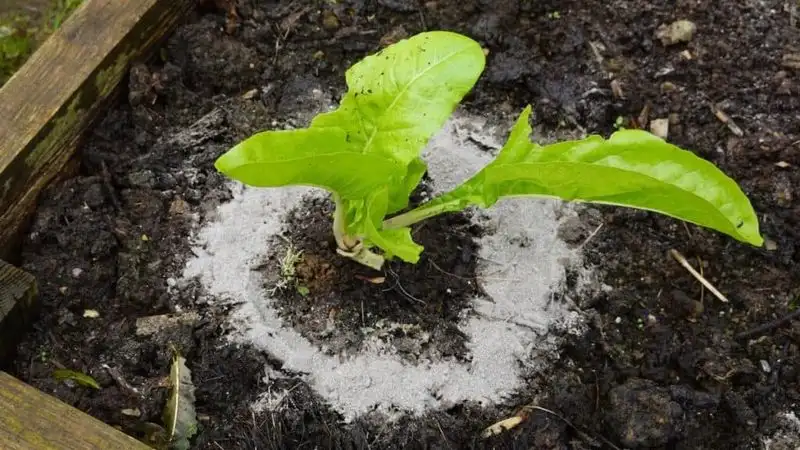
Spread wood ash on lawns to improve grass health. Its potassium content strengthens grass, promoting lush growth.
Over-application risks turning the soil too alkaline, leading to nutrient imbalances. Careful application is essential.
When used properly, wood ash can also help in balancing the pH of overly acidic lawns. This contributes to a more robust lawn that resists pests and diseases, creating a green oasis that is both visually appealing and environmentally beneficial for homeowners.
Coffee Grounds as a Slow-Release Fertilizer
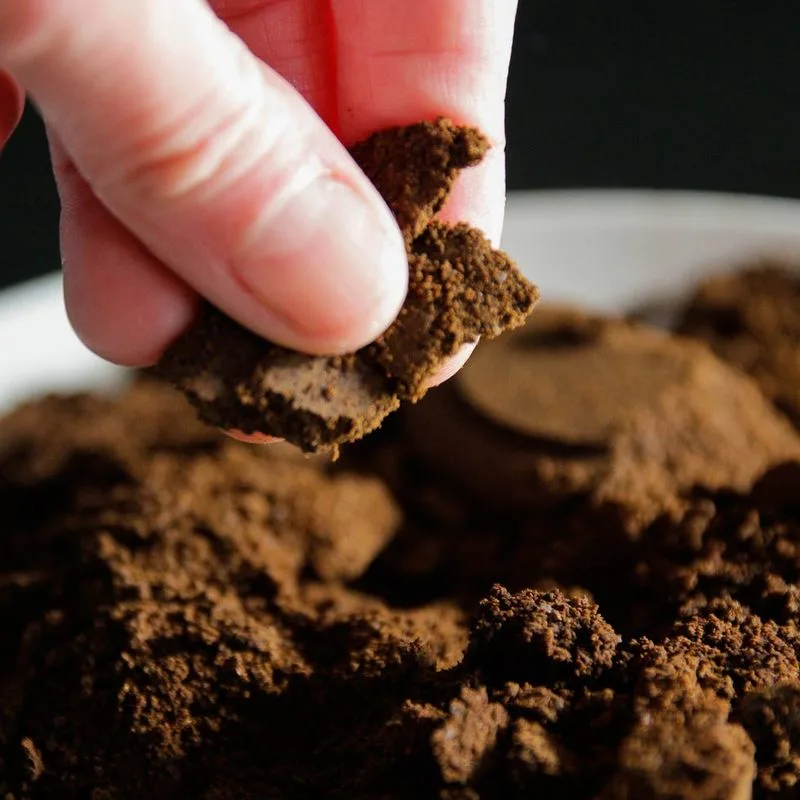
Coffee grounds serve as a slow-release fertilizer, gradually providing nitrogen to plants. This sustained release supports steady growth.
They must be used in moderation, as excess can lead to nitrogen burn. It’s all about finding the right balance.
Used wisely, coffee grounds enrich the soil without overwhelming it, making them an effective and sustainable choice for home gardeners. Their ability to provide nutrients over time ensures plants receive a consistent supply, fostering healthy and resilient growth.
Wood Ash for Soil Structure Improvement
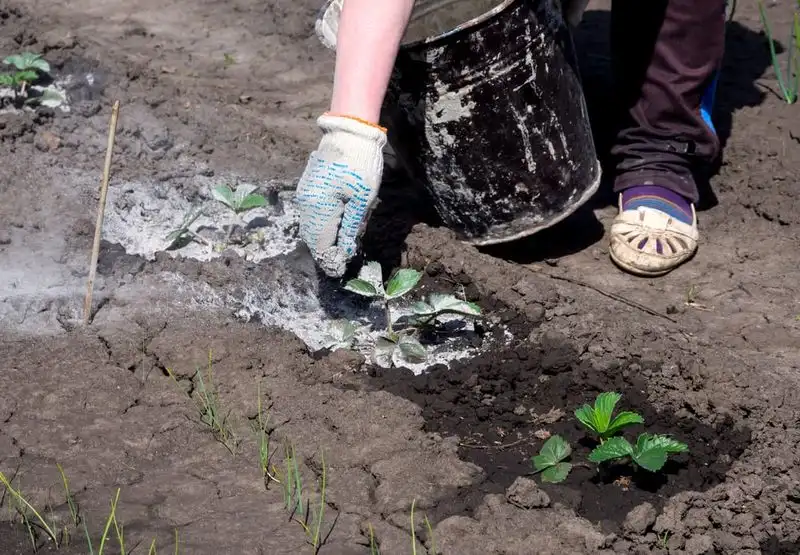
Incorporating wood ash improves soil structure by adding potassium and calcium. These elements enhance soil’s ability to retain moisture and nutrients.
Excessive use can lead to nutrient imbalances in the soil. It’s important to apply judiciously.
Wood ash contributes to a friable soil texture, promoting root growth. It offers a natural way to improve soil health, making it a valuable tool for gardeners looking to enhance their soil’s physical properties without relying on chemical fertilizers.
Coffee Grounds for Acid-Loving Plants

Coffee grounds are ideal for acid-loving plants like azaleas and rhododendrons. Their acidic nature supports the growth of these specific plant types.
However, using too much can lead to overly acidic soil, which may harm other plants. Monitoring soil pH is critical.
When used in moderation, coffee grounds can create the perfect environment for acid-loving plants to thrive, enhancing their color and vitality. This makes them a useful addition for gardeners cultivating these beautiful and popular ornamental plants.
Wood Ash as a Liming Agent
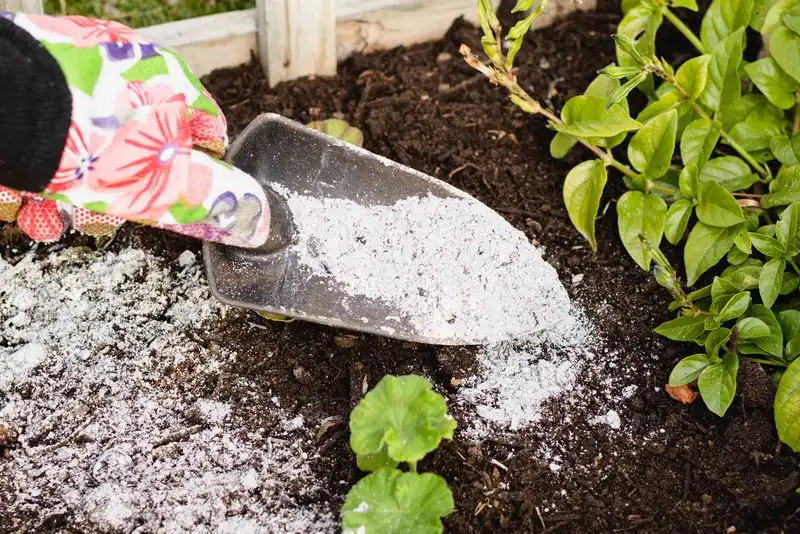
Wood ash acts as a natural liming agent, raising soil pH like agricultural lime. This can enhance nutrient availability for plants.
In excess, it risks making the soil too alkaline, which can negatively impact plant health. Monitoring and testing soil regularly is key.
Used correctly, wood ash provides a cost-effective alternative to chemical lime, improving soil health and plant resilience. It suits gardeners aiming to reduce chemical inputs while benefiting from the natural properties of this resource.
Coffee Grounds for Earthworm Attraction

Coffee grounds are a magnet for earthworms, which are vital for healthy soil. Their presence indicates fertile, aerated soil.
However, an overdose of coffee grounds can impede earthworm movement. Balance ensures ongoing soil health benefits.
Encouraging earthworms through coffee grounds enhances soil fertility and structure. Their tunneling action improves aeration and nutrient redistribution, creating a thriving garden ecosystem. This natural invitation to earthworms helps maintain a harmonious balance in the garden’s soil health, crucial for sustainable gardening practices.
Wood Ash for Disease Prevention
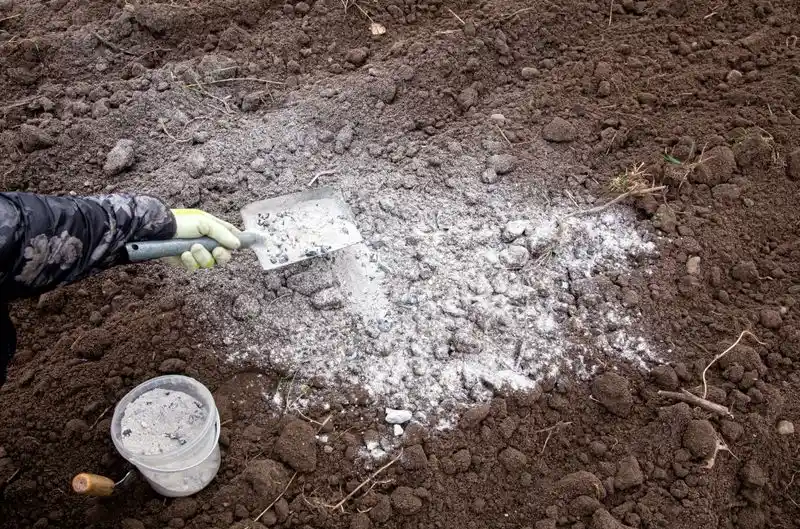
Wood ash can help prevent fungal diseases in plants. Its alkaline nature creates an inhospitable environment for pathogens.
Overuse may negatively affect soil pH, so careful monitoring is necessary. Balance is vital to avoid harming beneficial soil microbes.
With the right application, wood ash contributes to a healthier garden, reducing disease spread without chemical fungicides. It offers an eco-friendly option for disease control, supporting sustainable gardening practices and healthier plant growth, making it a trusted ally for environmentally conscious gardeners.
Coffee Grounds to Enhance Soil Texture
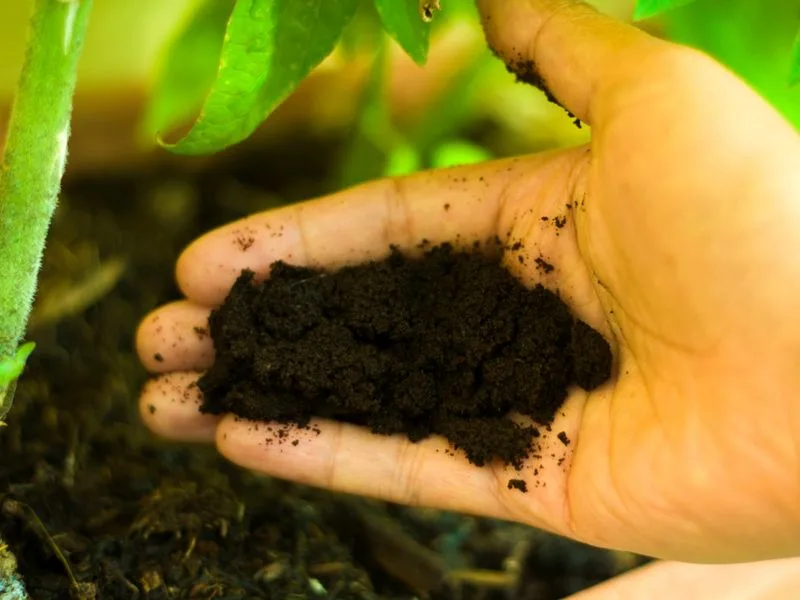
Coffee grounds improve soil texture, making it more crumbly and easier to work with. This change benefits root growth and plant health.
Too many grounds, however, may lead to compaction, negating the benefits. Balance is key in maintaining optimal soil texture.
When integrated properly, coffee grounds enhance the soil’s physical properties, aiding moisture retention and improving nutrient penetration. This makes them a valuable addition to gardens aiming for improved soil health and productivity, enhancing growth conditions for a variety of plants.
Wood Ash as a Nutrient Source
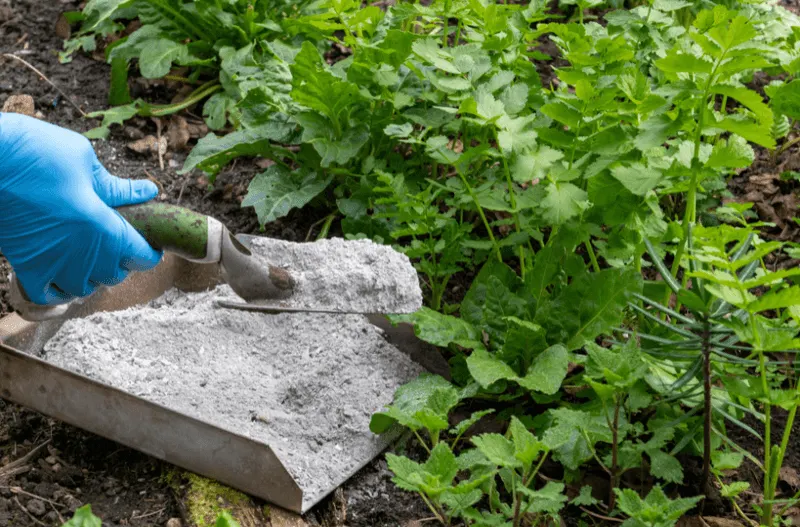
Wood ash offers essential nutrients like potassium and calcium, vital for plant growth. These nutrients support stronger plant structures.
Excessive use can lead to nutrient imbalances and soil alkalinity issues. Moderation is essential to maximize benefits.
When used wisely, wood ash enriches the soil, providing a natural source of plant nutrients. It encourages healthy plant development, making it a valuable resource for gardeners seeking to boost soil fertility without synthetic fertilizers, aligning with sustainable gardening principles.
Coffee Grounds for Pest Control
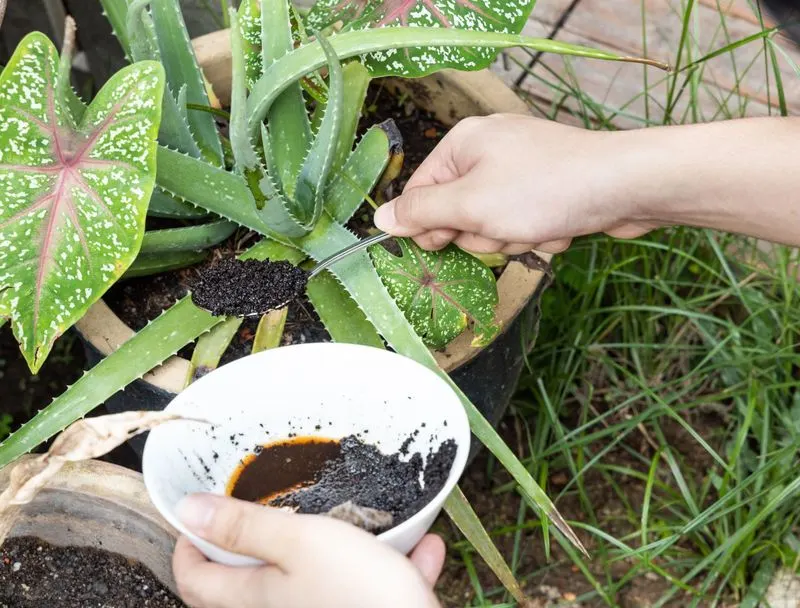
Coffee grounds can act as a natural pest deterrent, helping to keep the garden free from unwanted visitors like slugs and snails.
However, relying solely on coffee grounds may not be enough to handle severe infestations. It’s best used in combination with other methods.
By integrating coffee grounds into pest management strategies, gardeners can reduce the need for chemical repellents, supporting a more eco-friendly approach. This creates a safer environment for both plants and beneficial insects, contributing to a balanced garden ecosystem.

